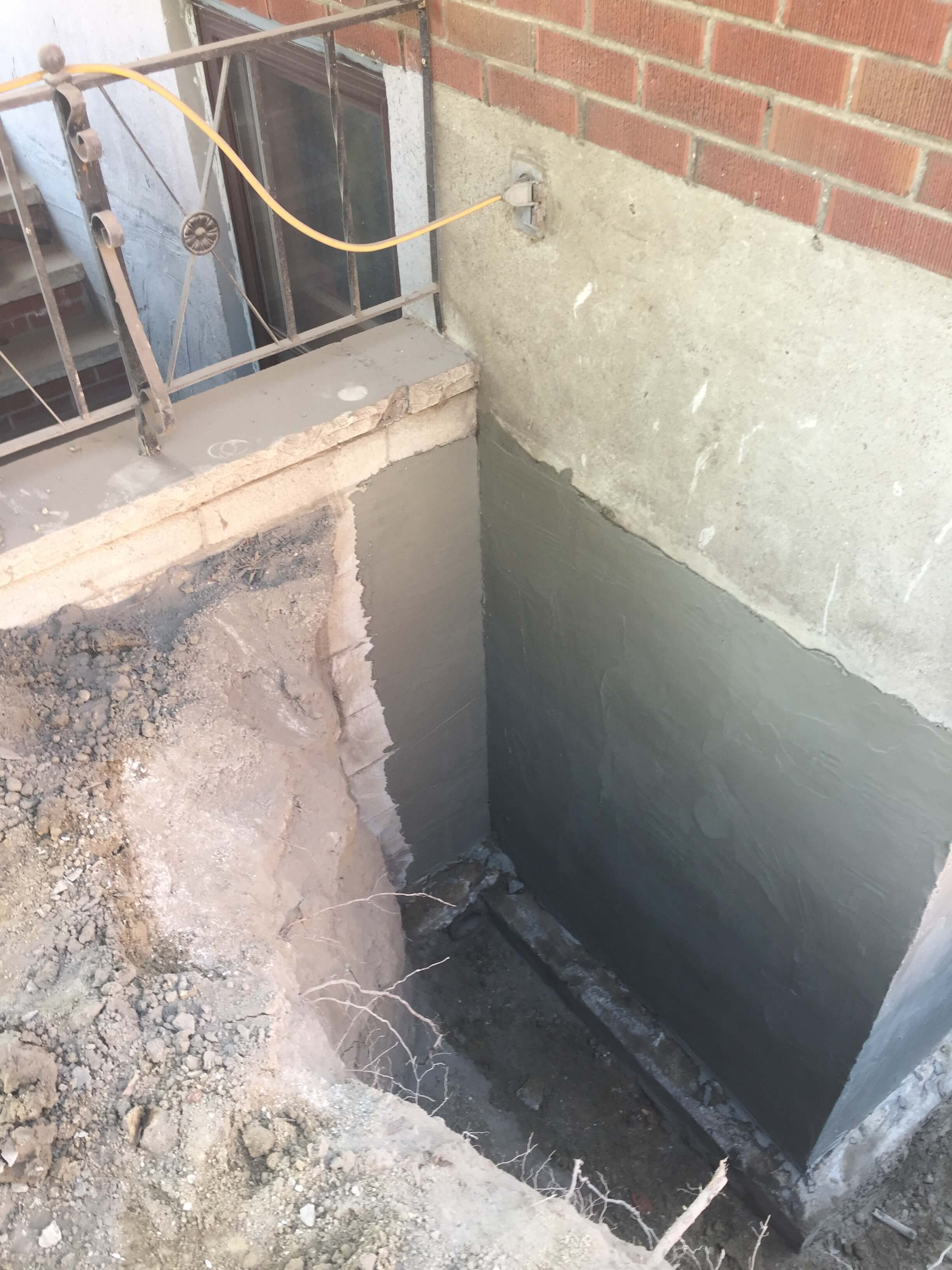DIY Waterproofing Methods: Tips for the Weekend Warrior

The process of waterproofing is a key aspect of residential and property maintenance that often gets ignored until it's too late. As home improvement fans, we take delight in tackling DIY projects that enhance the safety and longevity of our homes. Understanding waterproofing is necessary not just for preventing costly repairs but also for creating a comfortable living environment. Whether it's your cellar, ceiling, or external features, the right waterproofing techniques can conserve you thousands of bucks and defend your investment.
In this handbook, we will explore all you need to know about waterproofing, including common myths, the significance of various applications, and the signs indicating that your property may need waterproofing. We will also delve into the DIY versus contractor approaches, providing you with the knowledge to make educated decisions that best suit your needs and budget. Let's prepare and ensure our homes stay dry and safe for decades to come.

The Value of Waterproofing
Waterproofing is vital for all home and building as it provides a solid protection against water damage, which can result in extensive repairs and structural issues over time. High levels of moisture can weaken foundations, promote mold growth, and destroy interior finishes. By implementing proper waterproofing measures, homeowners not only protect their assets but also guarantee a healthier living environment without harmful mold and mildew.
Ignoring the need for waterproofing can cause expensive repairs that far exceed the first investment in protective measures. Water damage can undermine the integrity of a building, leading to serious issues such as rotting wood, rusting metals, and unattractive stains on walls and ceilings. By diligently waterproofing multiple areas, such as basements, roofs, and bathrooms, property owners significantly reduce their long-term repair costs and boost their overall property value.
Additionally, waterproofing plays a vital role in energy efficiency. A well-sealed building reduces drafts and stops water intrusion, which can lead to higher energy bills. In dry basement -friendly construction, effective waterproofing contributes to a building's lifespan and strength against weather-related challenges. Investing in waterproofing solutions is more than a defensive strategy; it is a forward-thinking approach to maintaining the value and functionality of any property.
DIY Waterproofing Techniques
One of the most effective DIY waterproofing techniques is utilizing a waterproof sealant to your basement walls. Commence by cleaning the surface thoroughly to eliminate any dirt, residue, or old paint. After the surface is clear and free of moisture, apply a high-quality waterproofing sealant with a brush. This will establish a barrier that prevents moisture from saturating the walls, thus lowering the risk of fungus growth and water damage. Don't forget to pay extra attention to any cracks or seams, as these areas are often the most susceptible.
Another useful technique is to emphasize on proper drainage around your property. Ensure that gutters and downspouts are functioning correctly and directing water away from your foundation. You can also install a French drain or enhance the grading of your yard to promote better water flow. By channeling rainwater away from your home, you greatly reduce the pressure on your foundation and lower the chances of water leaking in. Regular maintenance of your drainage systems is crucial to ensure continuous protection.
Finally, consider waterproofing your outdoor spaces, such as patios and patios. Applying a waterproof coating can prolong the life of these areas and protect against water damage. Look for products specifically created for outdoor use, and make sure the surface is clean and dry before application. By taking these preventative steps, you can protect your investment and create a long-lasting living space, all while successfully engaging in DIY waterproofing.
Selecting the Appropriate Waterproofing Solutions
Deciding on the right waterproofing solution for your home relies on multiple factors, including the particular areas that need protection, the local climate, and your budget. It's important to first evaluating the most vulnerable areas, such as basements, restrooms, roofs, and foundations. Each area may require different products and techniques to properly prevent water intrusion and damage. Understanding the different types of waterproofing systems on the market, such as inside vs. exterior solutions, will guide you in selecting the best choice for your needs.
Once you have recognized the areas of concern, explore the various waterproofing products on the market. Look for coatings, membranes, sealants, and additives that fit your specific requirements. It's crucial to think about the longevity and effectiveness of these products, as well as any available warranties. User reviews and professional recommendations can provide valuable insight into the performance of different waterproofing solutions. Aluneed basement waterproofing hesitate to talk to professionals if you are uncertain about the best option for your situation.
Finally, evaluate whether a DIY approach or employing a professional is the right path for your waterproofing project. While DIY solutions can reduce money and give you hands-on experience, they might not always yield the best results, especially for larger or very complicated jobs. On the other hand, professional services can ensure a thorough execution and compliance with local building codes. Evaluating the pros and cons of each approach will guide you decide which way to proceed, eventually leading to effective waterproofing that safeguards your property.
